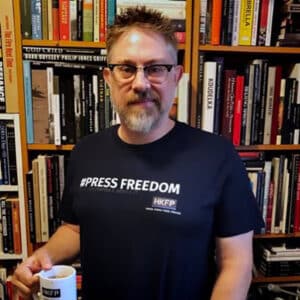In the summer of 2013, the City of Baltimore saw a spike in homicides, with 235 recorded. That was up from the 219 seen in 2012. At the time, the number “defied reginal and national trends." In the wake of the increased killings, activists began taki...



